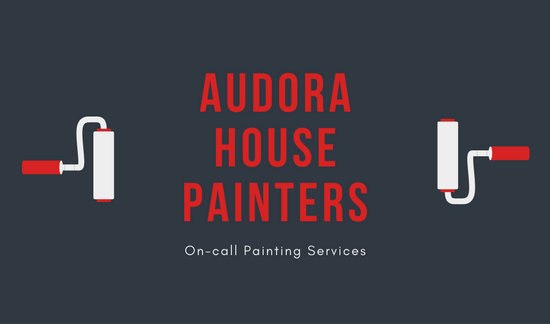When you're budgeting for a commercial paint task, it's very easy to forget particular costs that can slip up on you. You may think you've covered everything, yet concealed expenses like surface prep work and allows can rapidly accumulate. By determining these possible challenges at an early stage, you can produce an extra accurate budget. But what particular variables should you take into consideration to avoid those expensive surprises? Let's discover exactly how to examine your job's range successfully.
Evaluating the Scope of Your Job
Prior to diving right into a commercial paint job, it's crucial to examine the extent of your task.
Beginning by figuring out straight line painters that require paint and the complete square video included. Think about the sort of surfaces, whether they're drywall, wood, or steel, as this affects the materials and labor needed.
Next, review the problem of these surface areas; any fixings or prep work will influence your timeline and spending plan.
Do not forget to make up the sort of paint you want, as high quality can differ significantly in price.
Ultimately, consider accessibility. If certain locations require unique tools or extra safety measures, you'll need to factor those prices into your total budget.
Comprehending these elements will certainly establish you up for success.
Identifying Potential Hidden Prices
As soon as you've evaluated the range of your industrial paint job, it's time to think about the possible concealed costs that can develop.
You might ignore expenditures like surface area prep work, which can consist of cleaning, patching, or priming. Weather-related delays can additionally lead to unexpected costs, so keep an eye on the projection.
If your building has multiple degrees or hard-to-reach areas, you might sustain extra labor costs. Furthermore, think about the expense of permits or assessments that may be called for by regional regulations.
Lastly, don't forget about the potential for increased costs if you need special finishes or materials. By determining these possible concealed expenses upfront, you can budget more effectively and stay clear of surprises down the line.
Developing a Contingency Strategy
As you move forward with your industrial paint task, it's crucial to produce a backup plan that addresses unexpected challenges.
Begin by determining https://cabinetpaintersnearme88876.blog-ezine.com/36601705/prepare-to-discover-essential-budgeting-strategies-for-your-commercial-painting-project-and-prevent-concealed-prices-that-could-interrupt-your-task-s-success-what-should-you-think-of , like weather delays or supply lacks. Designate a part of your budget-- usually 10-15%-- to cover these unpredicted expenditures.
Next off, established clear timelines and interact them with your team, so every person's on the same web page. Routinely review your strategy and change it as needed, particularly if scenarios alter.
Finally, ensure you have reputable contacts, such as distributors and subcontractors, who can assist you browse any type of concerns that arise.
Final thought
Finally, budgeting for your industrial paint task requires cautious preparation and understanding of prospective covert expenses. By assessing the extent of your job and recognizing locations where expenses might arise, you can develop a much more precise budget plan. Always consist of a backup strategy to handle unanticipated concerns. Staying https://elliottrylvh.bloggactivo.com/35598484/get-vital-insights-for-hiring-business-painters-to-guarantee-your-project-is-performed-efficiently-and-meets-your-assumptions and assessing past projects will certainly likewise help you make notified choices. With these suggestions, you'll be better prepared to manage your prices and make sure a successful end result.
